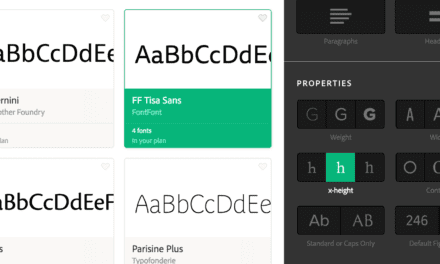ARTICLE SUMMARY: As designers, what do we do? We solve problems. It does not matter what the client thinks, we know better. More importantly we assume every designer thinks the same way we do. That kind of echo chamber stifles real innovation.
At some point, we’ve all fallen into the trap of the “False Consensus Effect”, believing that most other designers think the same way we do, so our perspective must be right. That assumption can blind us to alternative, and often better, solutions.
Hardik Dewra’s “Don’t Assume, Investigate: The REALITY & Importance of Diverse User Data in UX” explores the impact of the “False Consensus Effect” on design decisions. He delves into how this cognitive bias can lead to flawed user experiences, he examines key areas such as:
- Characteristics of False Consensus Effect
- Causes of False Consensus Effect in UX Design and Research
- Strategies for Mitigating the False Consensus Effect in UX Design
Designers need to resist assuming that users will naturally understand or prefer an interface because you do. it will ultimately lead to decisions based on personal bias rather than user research or testing. You are in danger of dismissing user feedback as “wrong” or outlier behavior because it doesn’t match your assumptions. This blinds you to valuable insights that could improve the product.
Assuming stakeholders will think or feel the same way about a design can result in friction or misalignment. You may skip justifying decisions because you think they’re obvious when actually they’re not.
Hardik Dewra concludes his article by telling us “By understanding its causes and characteristics, and by using effective strategies to mitigate it, UX professionals can ensure that their work is representative of the needs and perspectives of all users.”
This is a great read for all designers, let us know what you think in the comments.




